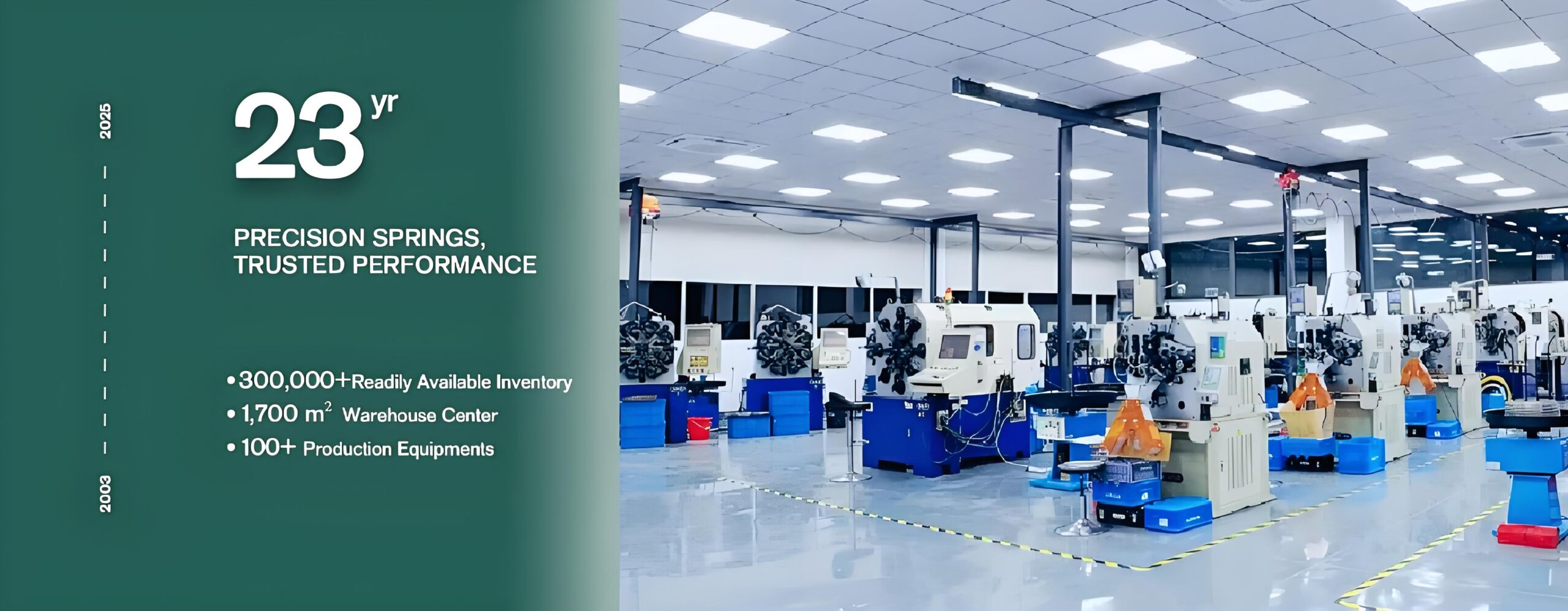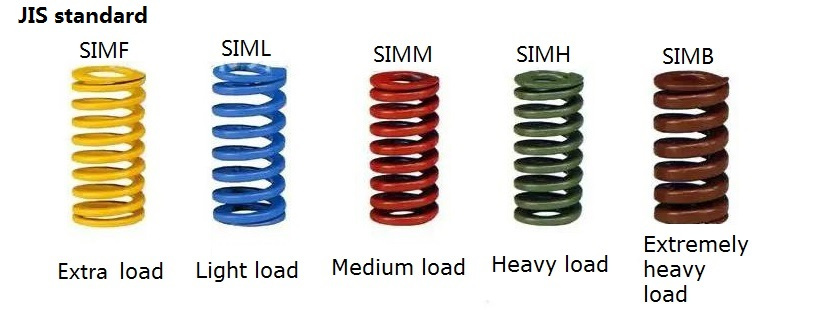In industrial production and daily life, die springs are ubiquitous. But have you noticed that these die springs often come in different colors? Spring coloration isn’t merely for aesthetics—it plays a critical role in practical applications, representing vital information such as the spring’s load rating. This directly impacts the normal operation and safety of equipment.
In industrial applications, the primary function of die spring colors is to indicate load ratings. Different colors correspond to distinct performance characteristics and suitable scenarios. Below is a detailed description of common spring colors:
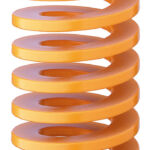

Blue Springs: Typically denote medium load capacity (SIML). They feature moderate stiffness with a balanced combination of elasticity and load-bearing capability. Commonly used in small mechanical devices and ejector pin reset mechanisms for certain molds. For instance, in small stamping dies, blue springs provide sufficient elastic force to rapidly reset ejector pins after stamping, ensuring proper mold operation.
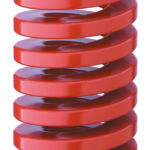
Red Springs: Represent heavy load capacity (SIMM). Featuring high stiffness, they withstand substantial loads but exhibit less elastic deformation compared to yellow or blue springs. Applications include automotive seat adjustment mechanisms and industrial fixtures requiring high pressure resistance. During automotive seat adjustments, red springs deliver stable support to accommodate varying passenger preferences for seat height and angle.
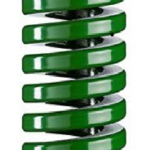
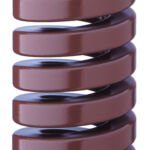
Brown (brown, orange, etc.) springs: Also denote heavy-duty load capacity (SIMB), with naming varying across standards. Similar to green springs, they handle extreme loads and may be found in military equipment or specific components of large aerospace devices. In missile launchers, brown springs withstand instantaneous immense pressure to ensure smooth launch operations.
International spring manufacturing standards commonly include ISO 10243, JIS B5012, and American specifications such as the American Joint Standards and American ISO standards, as well as DIN ISO 10243. At present, China has not yet established a comprehensive spring color standard; typically, domestic standards draw on international norms or adhere to those set by renowned global brands.

